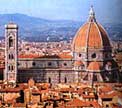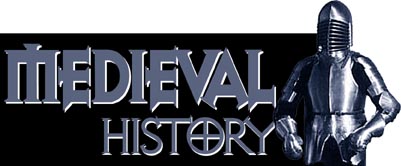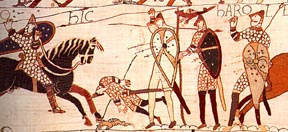|
September 16, 2002 Mr. Sedivy's Site Has Moved Please Use the NEW Site!
|

|


|
|
|
Mr. Sedivy's
More Features:
|
Highlands Ranch High School - Mr. Sedivy World
History Important Events of the Middle Ages 324 - Constantine
became Emperor of the Roman Empire. The Early Middle Ages (500 - 1000)
The Dark Ages The eastern Roman Empire was not conquered by the barbarians. There, the arts still flourished. People were still thinking and making fine works of art in other parts of the world. In China and India, great civilizations grew and spread. In the 1000s, Europe began to slowly recover from its artistic darkness. The lost knowledge of the ancient Greeks and Romans was found again. There was a new interest in learning, and the richer life of the Middle Ages began.
The Age of Feudalism
German political traditions differed - People were loyal to a tribe, not to a country. German legal traditions differed - They had laws for individual tribes. German cultural traditions - They had no written literature, and runes were used for monuments.
2. Clovis, Charles the Hammer,
Charlemagne, 3. The Roman Catholic Church in the Middle Ages 4. High Middle Ages / National Monarchies 6. Knights, Code of Chivalry,
Heraldry, 8th-
to 15th-Century Poems
and Prose More
Information Mr.
Sedivy's Tour of Medieval Rothenburg Medieval Penalties
of Shame and Honor - Historical Periods of | Prehistory
| Mesopotamia & Phoenicians | Cool Clicks & Related
Links: The list of links will grow with student
participation!
|
Highlands Ranch High School ![]() 9375 South Cresthill Lane
9375 South Cresthill Lane ![]() Highlands Ranch, Colorado 80126
Highlands Ranch, Colorado 80126 ![]() 303-471-7000
303-471-7000
Mr. Sedivy's History Classes
| Colorado History | American
Government | Modern European History | Advanced
Placement European History | Rise of England
| World History |
| Home | Back to Top of Page |
Site Contents |




